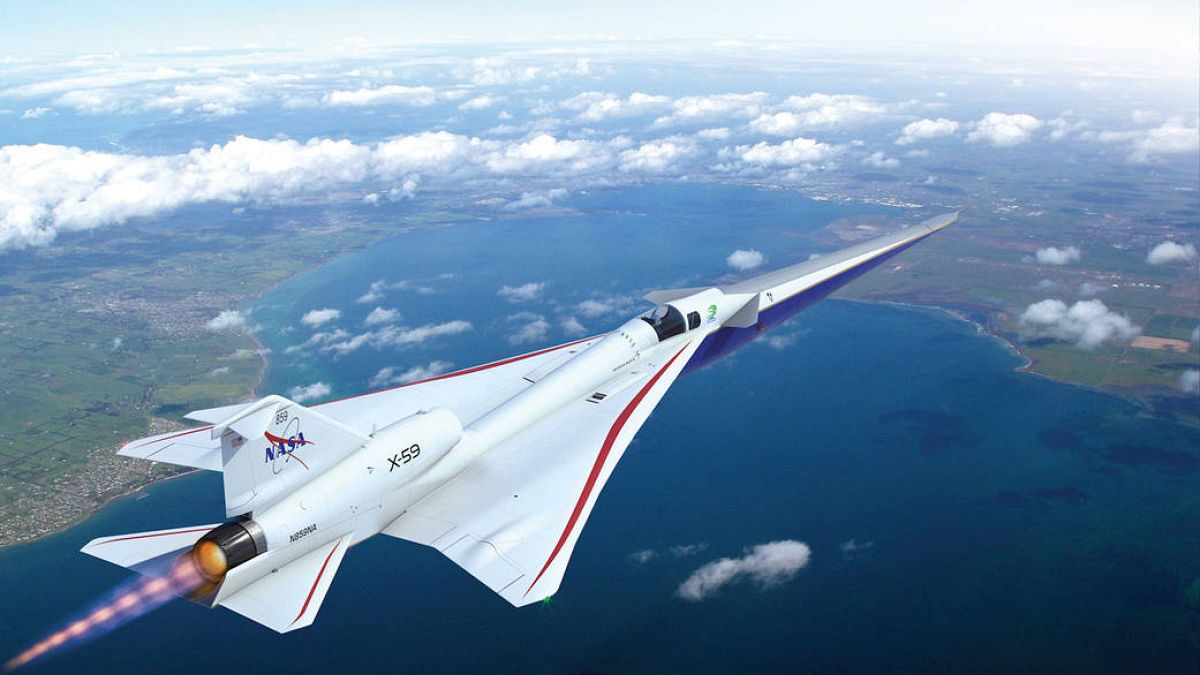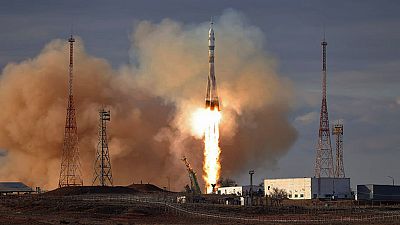The agency says its Quesst mission has successfully reduced the noise of supersonic aircraft from loud sonic booms to a quiet "thump" with the X-59.
NASA and US defence company Lockheed Martin have unveiled their "quiet" supersonic aircraft after six years of development.
Supersonic flights are flights that can travel at speeds faster than the speed of sound, and the X-59 is designed to fly at 1.4 times the speed of sound or around 1,480 km/h.
"Today supersonic flight brings a thunderous supersonic boom. Those of us who live in the area are familiar with this sound," said Pam Melroy, NASA’s deputy administrator.
"But what that means is that it's restricted across populated areas, with good reason. And the X-59 is going to break that barrier. Meticulously engineered, it produces a gentle thump. A mere whisper compared to the disruptive booms of the past".
X-59 is 30 metres long and 9 metres wide and has a thin, tapered nose which accounts for almost a third of its length.
NASA says the pointy nose will help break up the shock waves that normally result in a sonic boom, a sound similar to an explosion or a thunderclap to the human ear, caused by an object travelling through the air faster than the speed of sound.
'X-59 will help change the way we travel'
NASA launched the Quesst mission in 2018 to develop a supersonic aircraft that generates less noise than a conventional supersonic aircraft.
"In just a few short years we’ve gone from an ambitious concept to reality. NASA’s X-59 will help change the way we travel, bringing us closer together in much less time," said Melroy in a press release.
For 50 years, the US and other countries have banned such flights because of the loud noise.
It is hoped that the mission will yield data to help US lawmakers reconsider the ban on flight over land.
If it becomes possible to fly commercial supersonic aircraft, travel time will be dramatically reduced, NASA says.
"This breakthrough really redefines the feasibility of commercial supersonic travel over land. It brings us closer to a future that we can all understand, cutting flight time from New York to Los Angeles in half," said Melroy.
The aircraft is set to take off for the first time later this year.
Once NASA completes the flight tests, the agency will fly the aircraft over several US cities with the first take-off set for later this year.
It will then survey residents on how they perceive the noise by 2027.
For more on this story, watch the video in the media player above.



